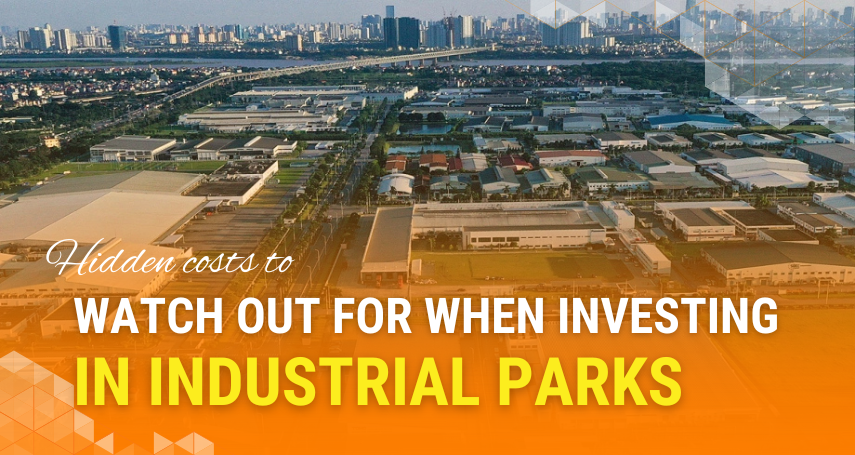In recent decades, climate change, air pollution, rising sea levels, and the depletion of natural resources have become major threats to humanity. In this context, renewable energy is seen as a key solution. It has become a top priority in the sustainable development strategies of governments, businesses, and international communities.
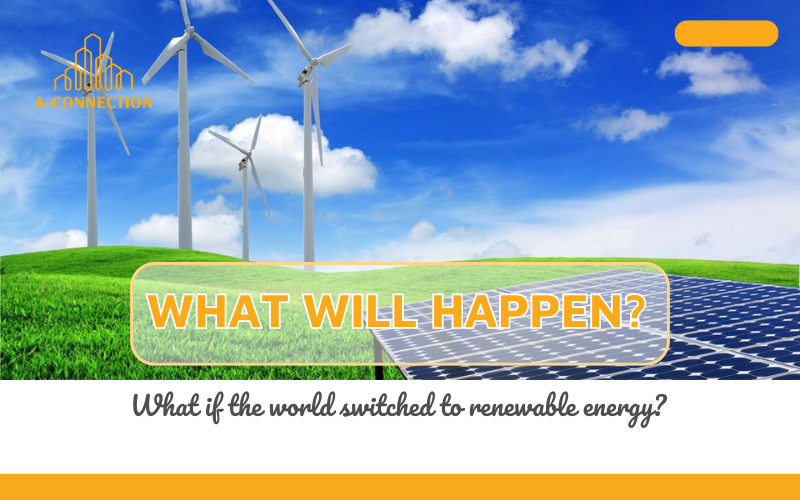
So what would happen if the world relied solely on renewable energy? Is that just a distant vision, or is it becoming a reality in the era of Industry 4.0?
1. What Is Renewable Energy and Why Is It Important?
Renewable energy refers to energy sources that are naturally replenished, harnessed without causing pollution, and never run out. These include:
-
- Solar energy: Capturing sunlight and converting it into electricity.
- Wind energy: Utilizing air movement to generate electricity.
- Hydropower, biomass, geothermal energy, etc.
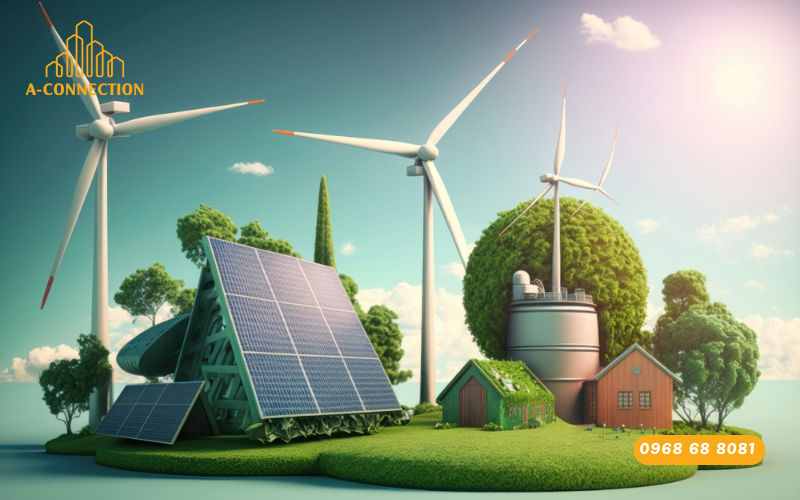
Unlike fossil fuels (coal, oil, natural gas) – which emit greenhouse gases and contribute heavily to climate change – renewable energy paves the way toward a green, sustainable, and clean future.
2. What Would Happen If Humanity Used 100% Renewable Energy?
2.1. A Strong Environmental Recovery
-
- Massive CO₂ Reduction: Completely stopping fossil fuel combustion could cut global greenhouse gas emissions by over 70%.
- Cleaner Air: Significant reduction in air-pollution-related diseases such as lung cancer, asthma, and bronchitis.
- Biodiversity Restoration: Halting oil extraction and deforestation for mining would help revive natural ecosystems.
- Massive CO₂ Reduction: Completely stopping fossil fuel combustion could cut global greenhouse gas emissions by over 70%.
2.2. Global Power Infrastructure Transformation
-
- Coal and oil power plants would be shut down.
- In their place, vast solar farms would be built in deserts, offshore and onshore wind farms in coastal regions, and large-scale energy storage systems to maintain a stable power supply.
2.3. Economic and Employment Impact
-
- Green Jobs Creation: Millions of new jobs would be created in solar panel installation, wind turbine construction, and energy storage technology development.
- Long-Term Cost Reduction: After initial investments, solar and wind power have low operating costs, saving money for governments and citizens alike.
- Green Jobs Creation: Millions of new jobs would be created in solar panel installation, wind turbine construction, and energy storage technology development.
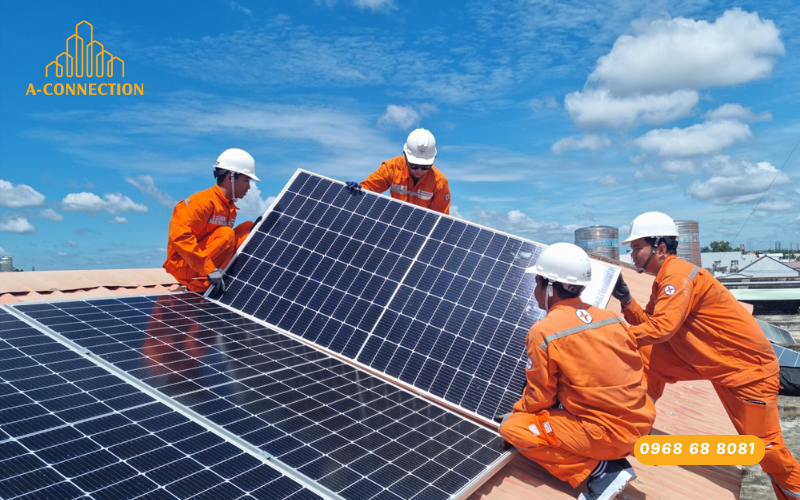
2.4. Technical and Infrastructure Challenges
-
- Intermittency: Solar energy is only available during the day; the wind doesn’t always blow → smart storage and distribution systems are needed.
- High Initial Costs: Especially challenging for developing nations that require large capital investments.
- Grid Overhaul: A comprehensive transition of transmission and energy management systems is necessary to adapt to decentralized energy sources.
- Intermittency: Solar energy is only available during the day; the wind doesn’t always blow → smart storage and distribution systems are needed.
3. Leading Countries in Renewable Energy
-
- Iceland: 100% of its electricity comes from geothermal and hydropower.
- Costa Rica: Maintains over 99% renewable energy for consecutive years.
- Germany: A pioneer in solar and wind energy investment and policies to phase out coal.
- China, USA: Leading the world in solar and wind energy production, both onshore and offshore.
- Iceland: 100% of its electricity comes from geothermal and hydropower.
4. Opportunities and Challenges for Vietnam in Renewable Energy Transition
Vietnam has great potential for renewable energy development, especially in:
-
- Solar Energy: South Central Vietnam has one of the highest sunshine hours in Southeast Asia.
- Wind Energy: Coastal areas like Binh Thuan and Ninh Thuan have consistent wind speeds, ideal for both onshore and offshore wind power.
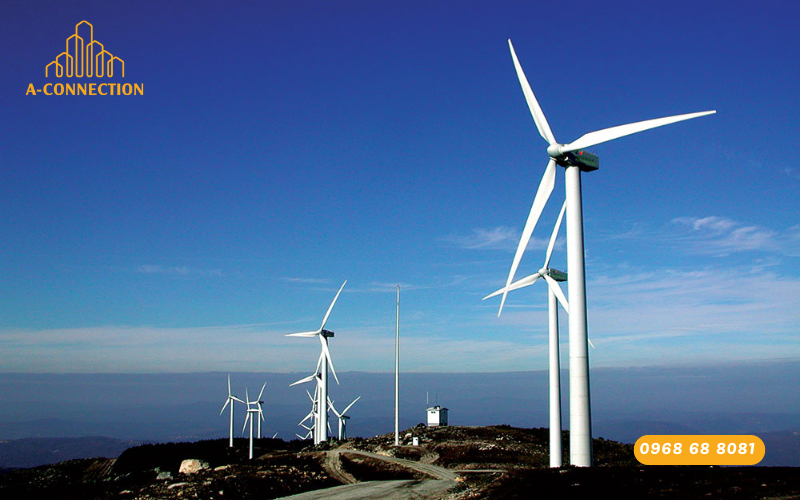
Vietnam Needs to:
-
- Promote Green Investment Policies: Offer tax incentives and credit support for businesses investing in clean energy.
- Engage in International Tech Cooperation: Acquire and localize energy storage, smart control, and grid management technologies.
- Educate the Public: Raise awareness on energy-saving habits and encourage households to adopt rooftop solar power.
- Promote Green Investment Policies: Offer tax incentives and credit support for businesses investing in clean energy.
Switching entirely to renewable energy is a major challenge – but also the only path toward a sustainable future. As solar, wind, and other clean technologies become widespread, we not only protect the environment but also foster a stable and prosperous socio-economic ecosystem.
From households to businesses to governments – we all have a role to play in this energy transition. A green future begins today, and every small action contributes to a big change for our planet.


